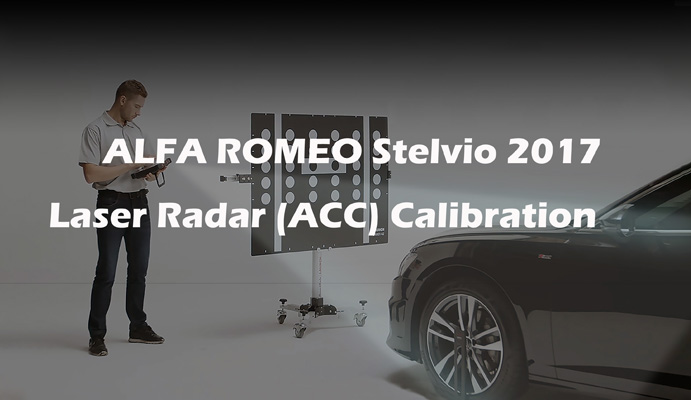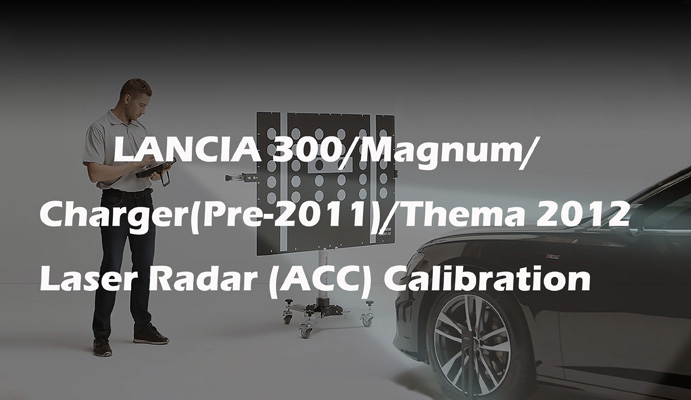Four-wheel alignment, also known as "wheel alignment," is the process of adjusting the angle of a vehicle's wheels to conform to the specification data specified by the manufacturer. The goal of a wheel alignment is to ensure that the wheels are parallel to each other and perpendicular to the ground.
① Reduce tire wear: Wheels that are not properly aligned can cause tires to wear unevenly, leading to premature tire replacement. Regular alignment of your wheels will help extend the life of your tires.
② Save fuel: Wheels that are out of alignment create more drag and require the engine to work harder to move the vehicle. In the process, it will cause the vehicle to consume a lot of unnecessary fuel. Properly aligned wheels reduce drag and help improve fuel efficiency.
③ Improve handling and steering: If the wheels are not properly aligned, mishandling, difficult steering and even accidents can occur. Proper wheel alignment ensures your vehicle handles and steers correctly while keeping you safe.
④ Prevent damage to suspension and steering components: Misaligned wheels can put unnecessary stress on the vehicle's steering components and suspension. Over time, damage to these components can occur, and repair or replacement can be costly. Regular wheel alignment will help prevent damage to components.
⑤ Improve safety: Accidents are prone to occur when the wheels are misaligned, especially when driving at high speed or in wet or icy conditions. Proper wheel alignment contributes to the overall safety of the vehicle.
Wheel alignment is crucial to vehicle maintenance and personal safety. It is recommended to check the tire alignment regularly. And when doing major suspension or steering work, check to make sure your vehicle is running safely and efficiently.
With the improvement of industry technology, four-wheel alignment has gradually changed from traditional mechanical wheel alignment to computerized wheel alignment. Computerized wheel alignment is a modern method of aligning wheels using advanced computerized technology. This computer wheel alignment is more accurate and efficient than traditional mechanical wheel alignment methods. In computerized 4 wheel alignment, sensors are attached to each wheel, which then sends data to a computer. The computer uses the resulting data to calculate the current alignment angles of the wheels and compares them to the vehicle's factory specifications. If any angle of alignment is off, the computer will suggest adjustments to get the wheels in the correct position. The technician can then make adjustments to the wheel using specialized equipment.
②Higher efficiency: computerized wheel alignment is faster and more efficient than traditional mechanical alignment. The computer can quickly calculate the necessary adjustment data and give real-time feedback to the technicians.
③Suitable for modern vehicles: Suitable for modern vehicles that require computer-calibrated electronic components.
④ Wider detection: computerized 4 wheel alignment can detect a wider range of alignment problems, such as worn suspension components. These problems may not be immediately visible to the technician during mechanical alignment.
① Cost-effective: cheaper than computerized wheel alignment, it does not require expensive wheel alignment equipment.
② Can be done manually: Technicians can make manual adjustments, which means better control of the process.
③ Suitable for old cars: May be suitable for old cars without electronic components for computerized positioning.
In conclusion, while traditional mechanical wheel alignment can be a cost-effective option for older vehicles or vehicles on a tight budget, computerized wheel alignment is a highly accurate and efficient method for modern vehicles.
So in the wheel alignment process, which parameters are mainly positioned?
Major wheel alignment angles include: Camber, Toe-in, Caster, Steering Axle Inclination, etc
Camber
Refers to the angle between the vertical axis of the wheel and the road surface. More specifically, it is a measure of the inclination of the wheels relative to a vertical axis when viewed from the front or rear of the vehicle. Camber affects vehicle handling and stability, as well as tire wear.
Toe-in
Toe-in refers to the angle at which a vehicle's wheels point inward toward the centerline of the vehicle. It has a significant impact on vehicle handling and tire wear. A small amount of front speed can help the vehicle stay in a straight line and reduce tire wear, while too much toe-in will result in poor handling, excessive tire wear and increased roll assist.
Caster
The caster refers to the angle formed by the line passing through the upper and lower ball joints of the steering system and the vertical line passing through the center of the wheel. The caster is an important setting for vehicle positioning. By setting by the manufacturer according to the design and intended use of the vehicle. Technicians can adjust it to fine-tune issues such as the vehicle's handling characteristics and uneven tire wear.
Steering axle inclination
Steering axis inclination, also known as kingpin inclination, is the angle between the steering axis and the vertical axis of the vehicle. It is created by tilting the steering knuckle holding the front wheels, so the top of the steering shaft is angled towards the rear of the vehicle.
The purpose of the steering shaft tilt is to provide stability and directional control to the vehicle. When a vehicle turns, the wheels on the outside of the turn must travel a greater distance than the wheels on the inside of the turn. This creates lateral forces that tend to lift the outside of the vehicle and lower the interior of the vehicle, which can cause instability and make it difficult to maintain the desired direction of travel.
Return



